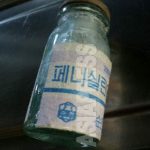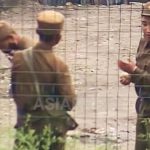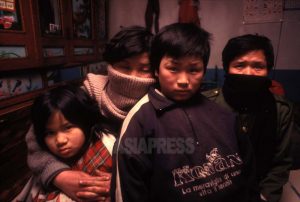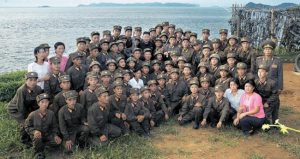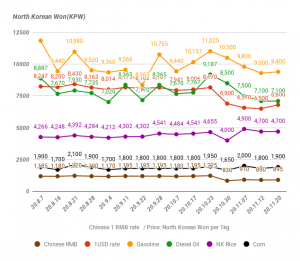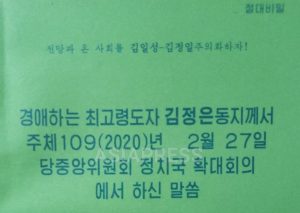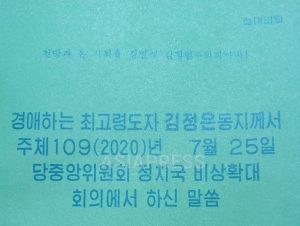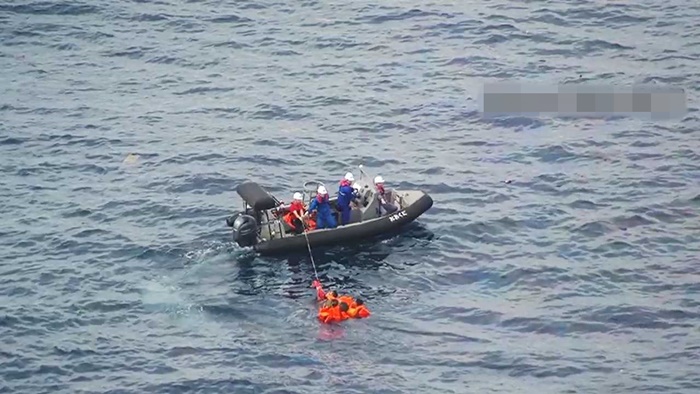
North Korean sailors rescues by the Japanese patrol vessel. Photographed on October 7, 2019, released by the 9th Regional Japanese Coast Guard Headquarters
◆ Kim Jong-un’s new orders, following the disgrace of ‘ghost ships’ drifting to Japan
There has been a major change since last year in the type of North Korean vessels observed in Japanese and Russian waters. Up until last year, most North Korean vessels caught in the Japanese fishing ground, the Yamato Shallows, were small wooden boats operated by 7-13 fishermen.
To make money catching squid, ordinary North Korean citizens would raise money amongst themselves to build a ship, recruit a crew, and procure engines and fuel. However, “purely civilian” operations are, of course, not allowed in North Korea. Therefore, fishing vessels would have to give money to powerful state institutions, such as the military, for authorization to operate as an ‘affiliated company’.
Over the years, though, many of these small fishing boats were found washed up on Japanese beaches. Inside some, were found the dead bodies of North Korean sailors, leading the world’s media to label the derelict boats as North Korean ‘ghost ships’.
Embarrassed by these headlines, Kim Jong-un issued orders in November of last year. Small fishing boats were restricted from going out to distant fishing grounds and only fishing boats affiliated with select agencies were authorized to fish at all. The authorities also dedicated resources for a small number of rescue vessels to supervise operations. These vessels would also make sure that fishermen could not choose to flee to South Korea aboard their boats. Although there was an incident in August, in which a North Korean crewmember of a patrol boat aimed his rifle at a nearby Japanese patrol, the mission of these North Korean vessels seems limited to escorting and rescuing fishing vessels.
In this most recent incident, 60 North Korean fishermen were reportedly rescued. With such a large crew, the ship was most likely operating under the direct supervision of the military or another powerful state institution. Though the vessel sank, thankfully no lives were lost. (ISHIMARU Jiro)
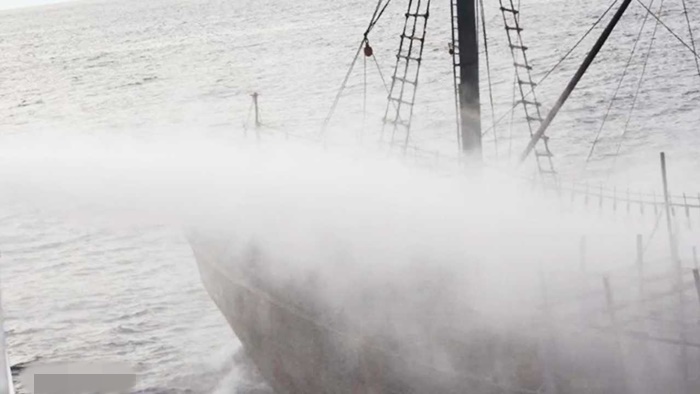
A North Korean fishing boat is hit by a water cannon from a Japanese patrol vessel. The North Korean ship shortly thereafter collided with the patrol vessel and sank. Photographed October 7, 2019, by the Japanese Fisheries Agency
- <Inside N. Korea> Checkpoint Barley: Farmers Frisked for Grain as Authorities Secure Shrinking Food Supply for Government and Army First (2019-10-08 16:44:26)
- “Please, Bury Me Somehow”: Forced Cremations Frighten Elders, Threaten Chuseok Traditions (2019-09-24 12:35:27)
- Arduous Starch: Soaring Price of Potatoes Sees Anxious Poor Hoard Supplies and Panic Buy (2019-09-18 16:24:52)
- <Inside N. Korea> Guilty Party: Regime Conceals Spending From Starving Citizens While Touting Weapon Tests to Officials (2019-09-02 15:00:16)
- <Inside N. Korea> Corrupt File: Police Crack Down on Chinese Drama Portraying Fall of Corrupt Qing Dynasty (2019-08-28 16:46:03)
 Editor’s notes on North Korean reporters
Editor’s notes on North Korean reporters
ALL REPORTS >>>
ARCHIVE(pdf) >>
DPRK MAP >>
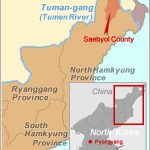
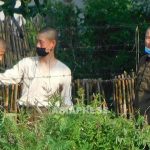
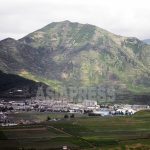
![[Video Report] People under pressure for requisition of military provision](https://www.asiapress.org/rimjin-gang/wp-content/uploads/2018/07/20140129_R_asiapress1X450-150x150.jpg)
